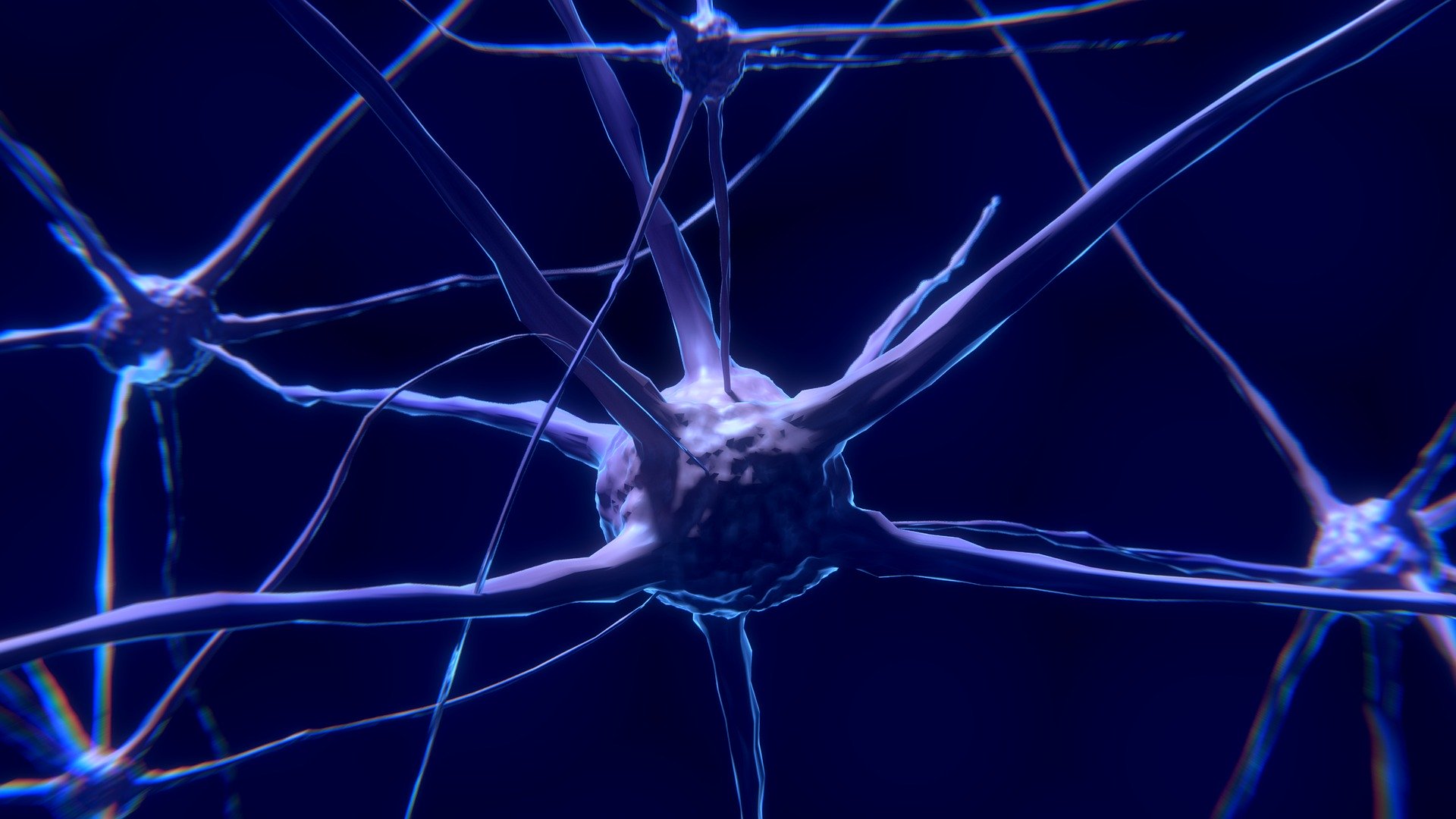Researchers at ETH have answered the question as to which messenger substances are able to travel across cells and tissues to eliminate harmful proteins from viruses and genes. The focus here is on small snippets of ribonucleic acid (RNA). A critical function of RNA in biological cells is to modulate gene expression and conversion into proteins.
As the scientists have now clearly demonstrated for the first time on a plant, short double-stranded RNA molecules (small interfering RNAs, or siRNA for short) ensure that the RNA of these invaders is not multiplied even in tissues and organs that are far away from the original cell. They therefore inhibit the cell machinery from producing proteins by way of this RNA molecule. This crucial mechanism for plants and other life forms is known as RNA interference (RNAi). Scientists have been aware of this phenomenon for a long time, but understood little to do with how it worked.
In their new study, the researchers also ruled out the possibility of other types of nucleic acids or complexes comprising proteins or RNAs from having the capacity to move through plant cells. “We can definitively show that double‑stranded siRNAs are necessary and sufficient to induce RNAi in distant cells and tissues of plants”, comments Olivier Voinnet, Professor of RNA Biology at ETH, in the press release.
However, the ETH researchers not only identified the elusive siRNA messengers. The group was also able to reveal that siRNA molecules are selectively filtered and consumed as they make their way through the plant tissue. Even more interesting is that stress and developmental signals such that the spatial shape of the sieve can change and evolve at any given time, Voinnet states.
The research group is now working on the development of artificial molecule sieves for plant cells. This would allow the researchers to precisely control where and when specific siRNA molecules can move. It is feasible that this method could then one day be used for agricultural applications.
Related news
Contact us
Can we put you in touch with a peer company or research institute? Do you need any information regarding your strategic expansion to Switzerland's technology and business center?
info@greaterzuricharea.com
